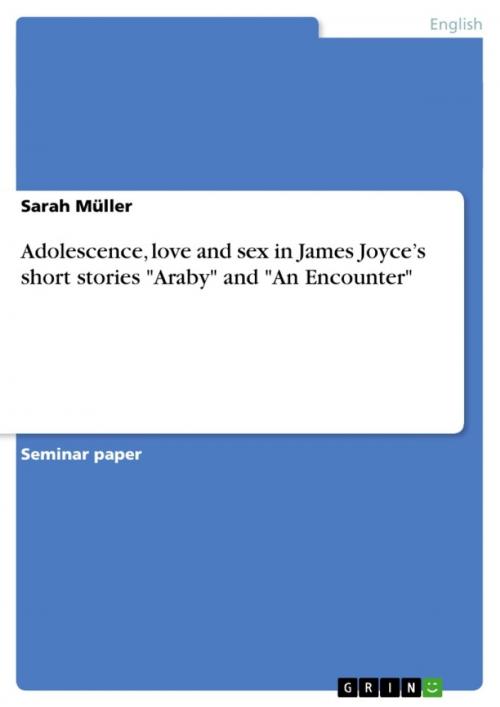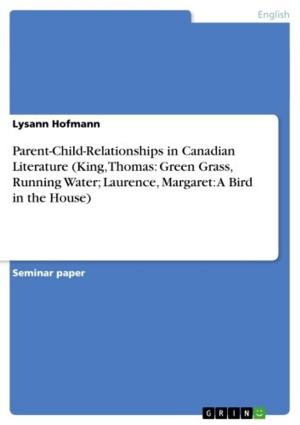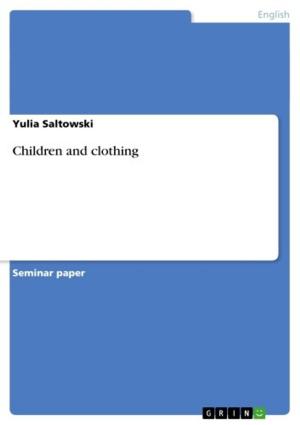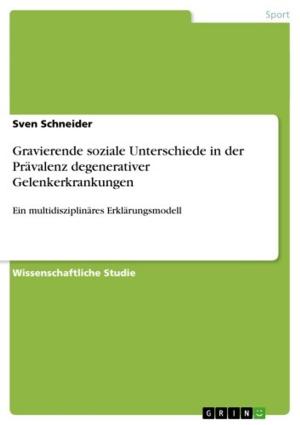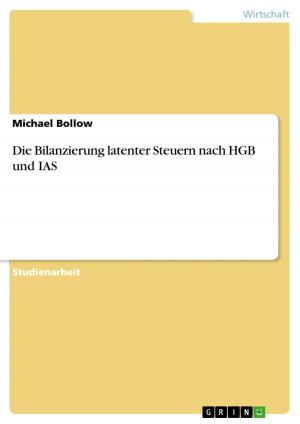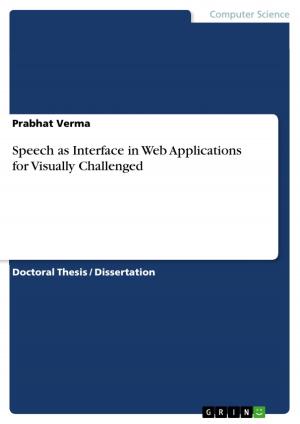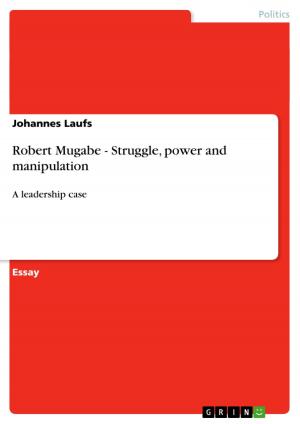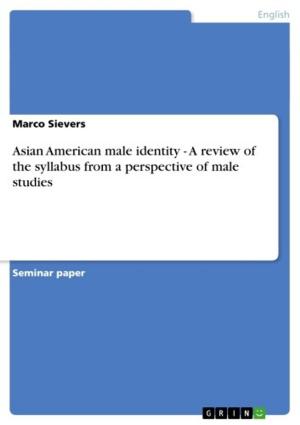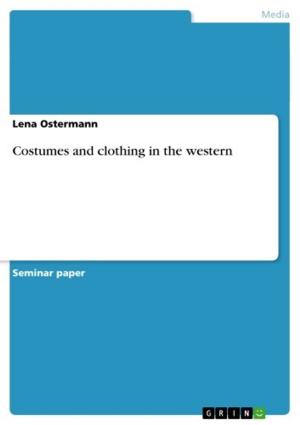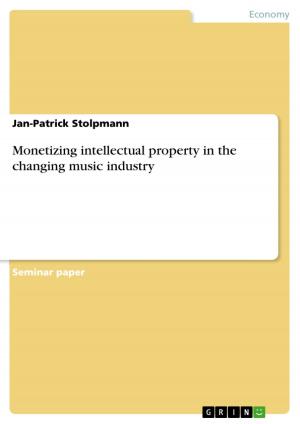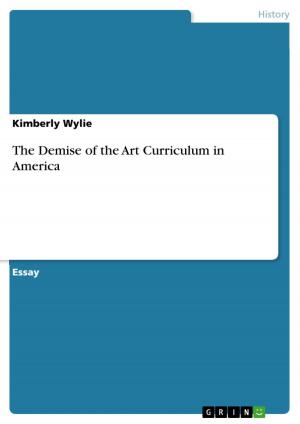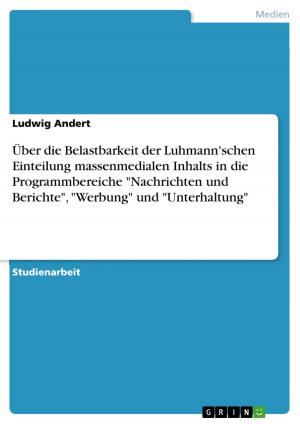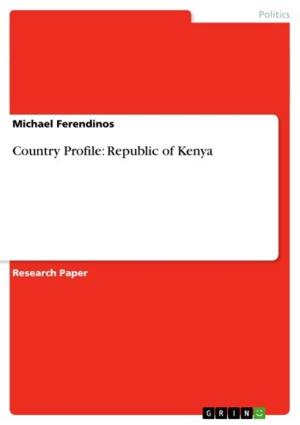Adolescence, love and sex in James Joyce's short stories 'Araby' and 'An Encounter'
Fiction & Literature, Literary Theory & Criticism, British| Author: | Sarah Müller | ISBN: | 9783640220212 |
| Publisher: | GRIN Publishing | Publication: | November 27, 2008 |
| Imprint: | GRIN Publishing | Language: | English |
| Author: | Sarah Müller |
| ISBN: | 9783640220212 |
| Publisher: | GRIN Publishing |
| Publication: | November 27, 2008 |
| Imprint: | GRIN Publishing |
| Language: | English |
Seminar paper from the year 2004 in the subject English Language and Literature Studies - Literature, grade: 1, University of Frankfurt (Main), 10 entries in the bibliography, language: English, abstract: Analyse zweier Kurzgeschichten von James Joyce 'Araby' und 'An Encounter' aus dem Sammelband 'Dubliners' This essay deals with the themes of adolescence, love and sex in two of Joyce's short stories: An Encounter and Araby. The first part examines the protagonist of An Encounter, how he differs from his friends and his being contemptuous of them. His realisation that he cannot despise them because he might be dependent on them is the conclusion of the 'encounter with strangeness and fascination'. The second part examines the protagonist of Araby and his existence as a puppet led by Mangan's sister. Both parts end with a short digression into symbolic colours. The last part - the vicious circle - compares both stories in terms of being on the edge of adolescence and ends with the foreshadowing of the boys becoming paralysed adults.
Seminar paper from the year 2004 in the subject English Language and Literature Studies - Literature, grade: 1, University of Frankfurt (Main), 10 entries in the bibliography, language: English, abstract: Analyse zweier Kurzgeschichten von James Joyce 'Araby' und 'An Encounter' aus dem Sammelband 'Dubliners' This essay deals with the themes of adolescence, love and sex in two of Joyce's short stories: An Encounter and Araby. The first part examines the protagonist of An Encounter, how he differs from his friends and his being contemptuous of them. His realisation that he cannot despise them because he might be dependent on them is the conclusion of the 'encounter with strangeness and fascination'. The second part examines the protagonist of Araby and his existence as a puppet led by Mangan's sister. Both parts end with a short digression into symbolic colours. The last part - the vicious circle - compares both stories in terms of being on the edge of adolescence and ends with the foreshadowing of the boys becoming paralysed adults.
